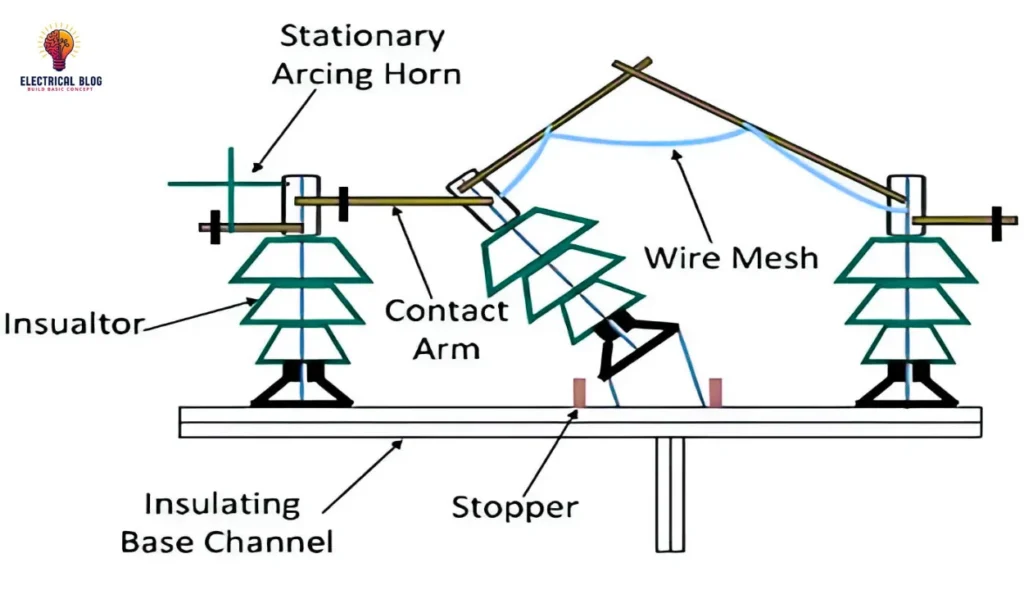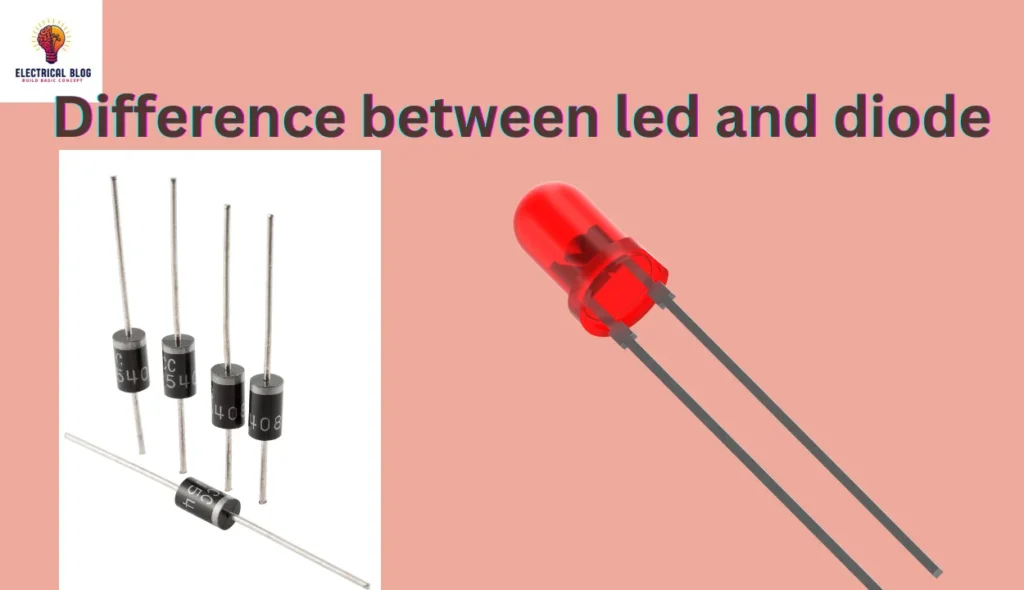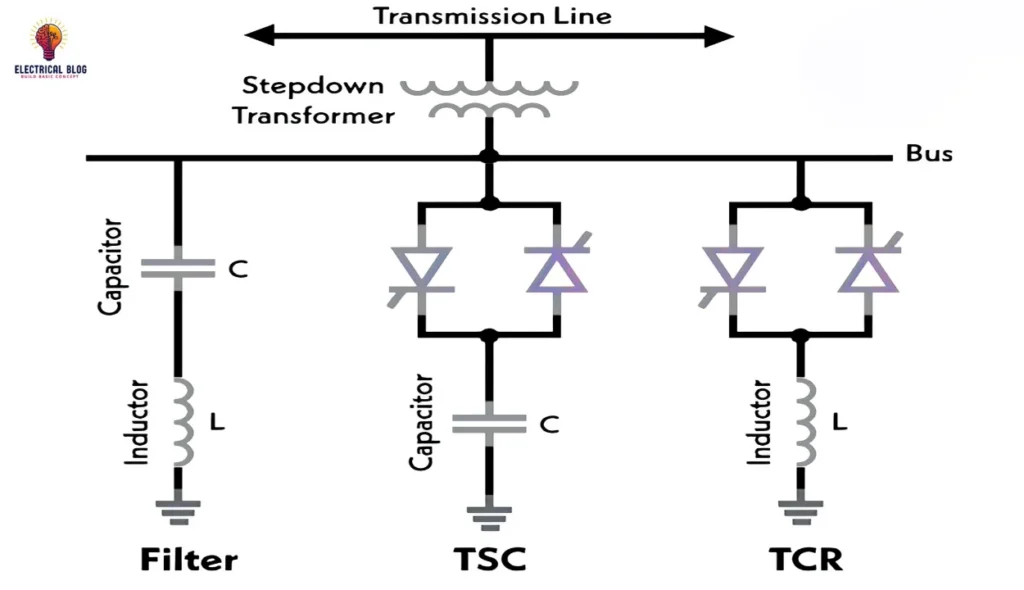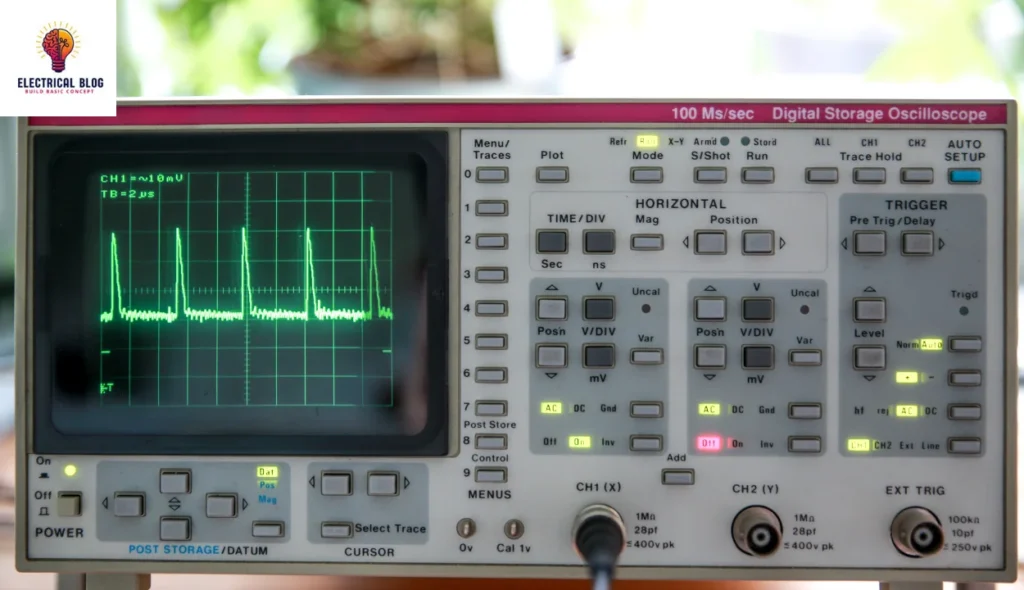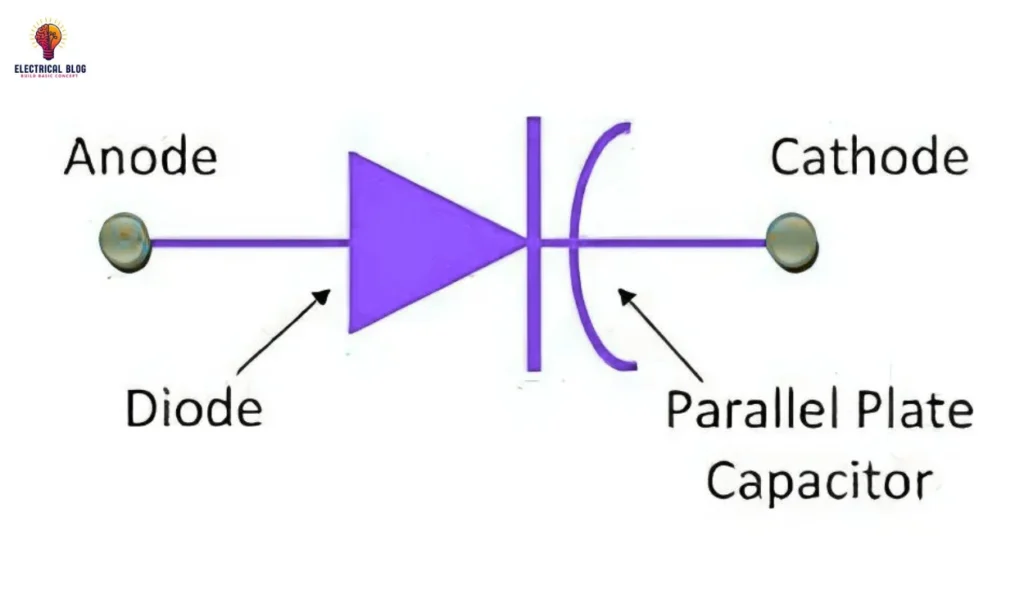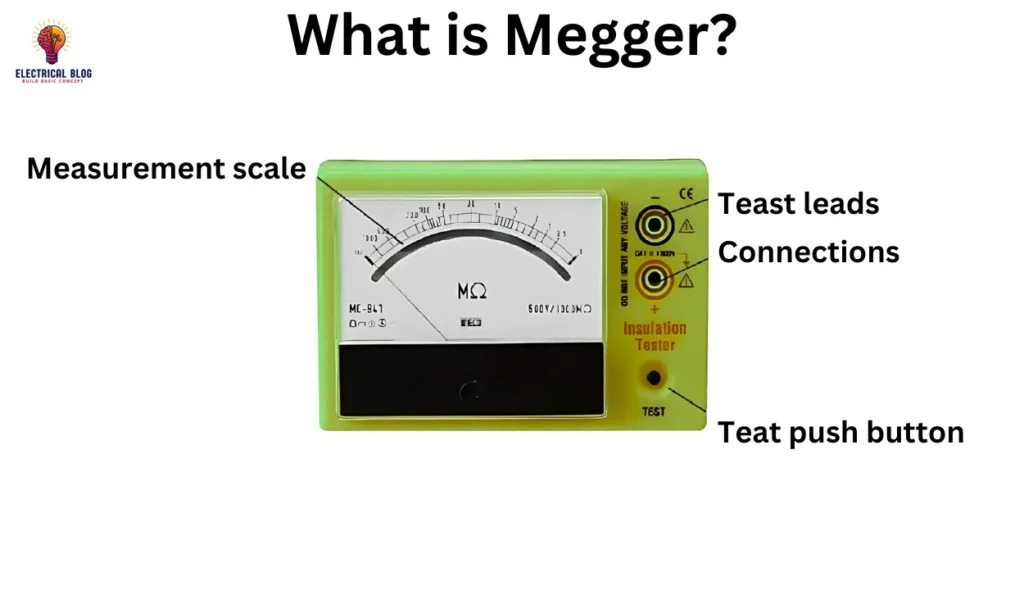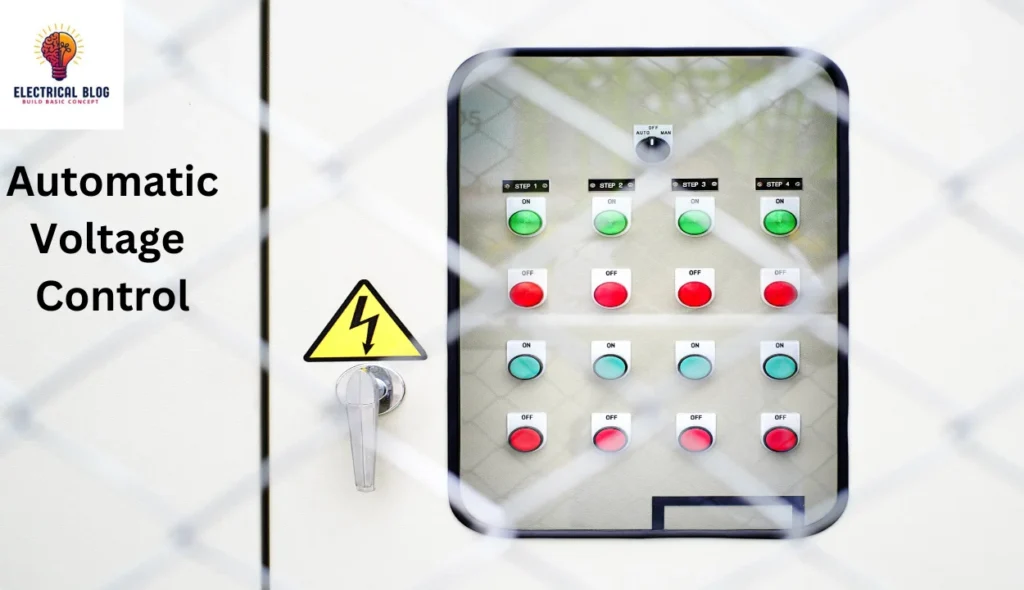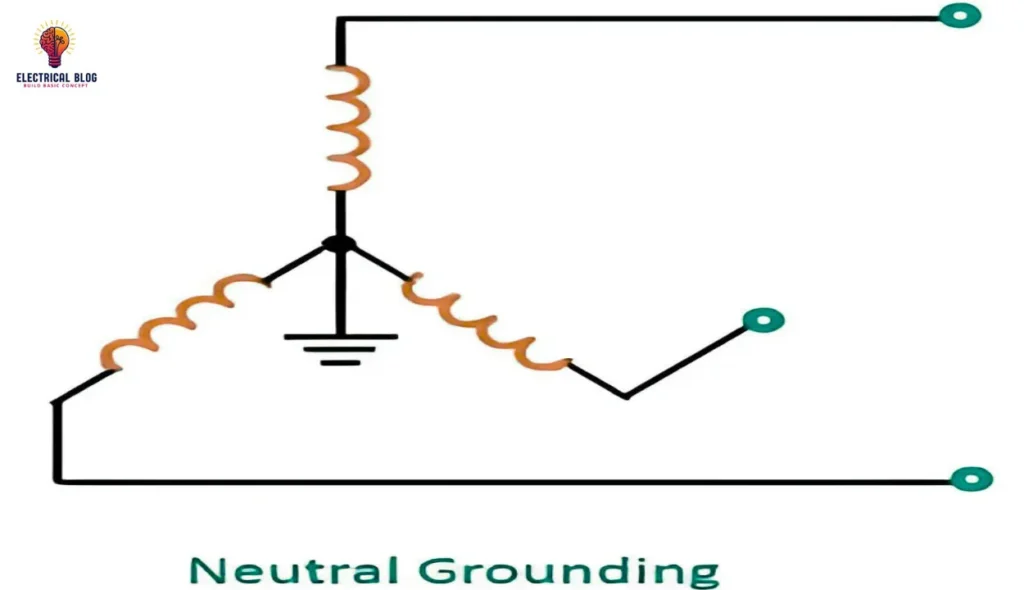Air Break Switch: A Comprehensive Guide to Operation and Types
Introduction Air break switches are critical in modern electrical systems. They ensure the smooth, safe, and efficient operation of transmission and distribution networks. An air break switch isolates a network section for maintenance or fault clearance. These switches use air to extinguish electrical arcs. So, they are a reliable choice for high-voltage applications. This article […]
Air Break Switch: A Comprehensive Guide to Operation and Types Read More »

